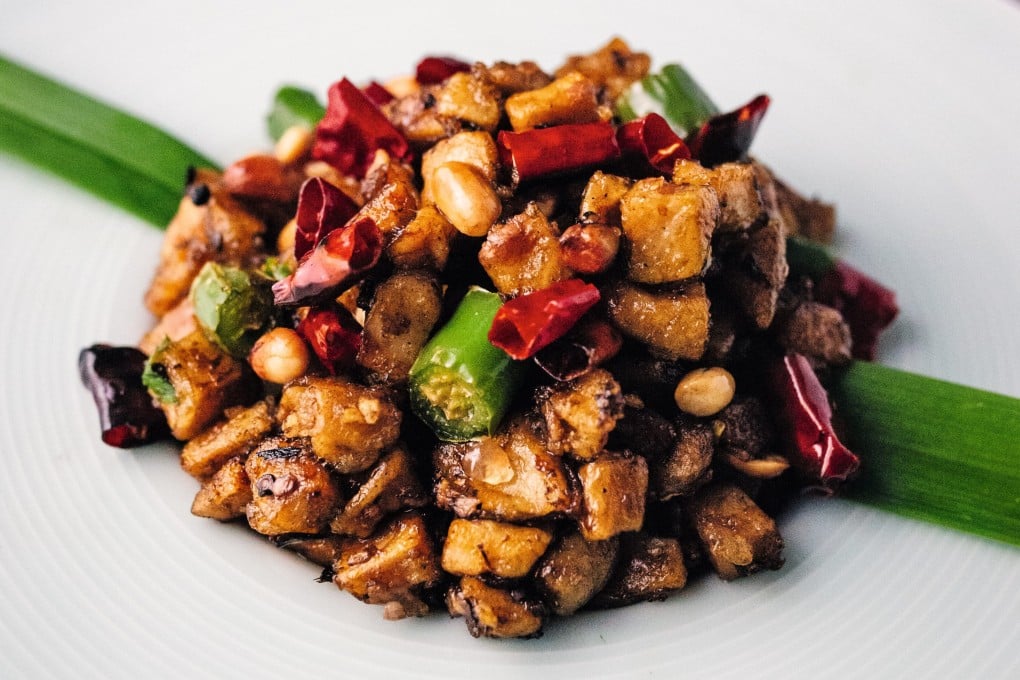‘This was my heritage I’d underappreciated’: vegan Chinese cookbook author Hannah Che on an epiphany in China
- When Chinese-American self-taught chef Hannah Che turned vegan, she felt guilty about rejecting traditional Chinese cuisine and upsetting her family
- Then she travelled through China, learning about its history of meat-free dishes, and even convinced her grandmother to go to a vegan restaurant

After Hannah Che decided to become vegan, in her junior year of college, she found it hard to shift a nagging feeling of guilt.
While she had experienced a wealth of positive changes in her life, from rising energy levels to feeling healthier, when she returned home she felt she had disrupted the harmony of the family meal.
“That’s the most difficult, because you’re with family,” she tells us of those early days, when she declined certain dishes and didn’t partake in the Lunar New Year pork dumpling wrapping tradition.
“I feel that when you reject a certain kind of food, it’s very personal. Someone wants to feed you, and you’re saying, yeah, no.”
It meant turning away from a lifetime of omnivorous eating, of Chinese meals defined by animal proteins great and small – from expensive seafood at celebratory feasts to weeknight meat-flecked stir-fries.
In the introduction to her debut cookbook, The Vegan Chinese Kitchen, the Chinese-American chef sets the scene for this reckoning with her mother on the phone to a friend: “Ai-ya, I didn’t think my daughter would become one of those hippie types,” she says.
